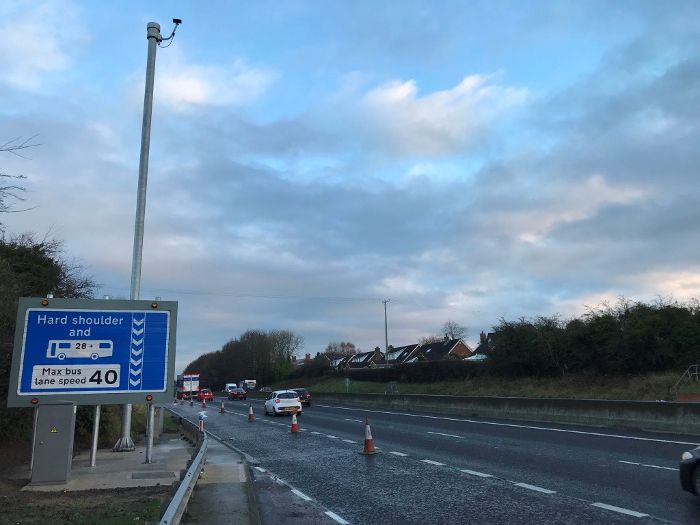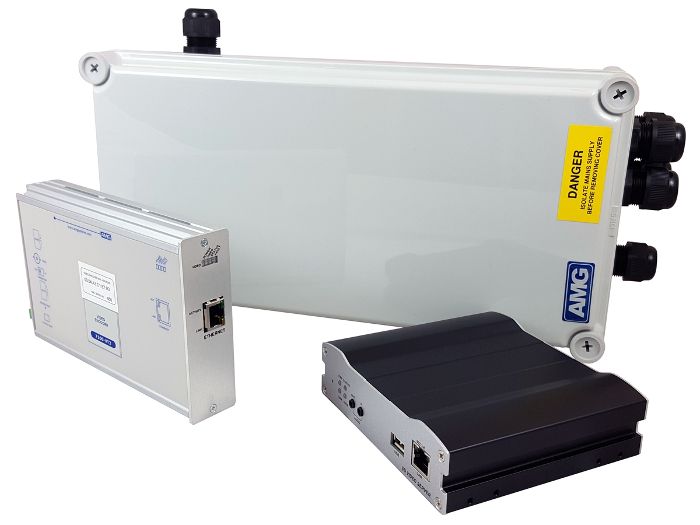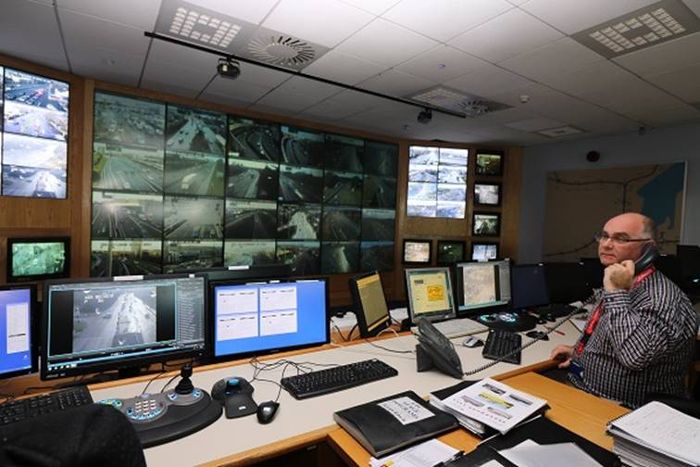UK-based manufacturer and provider of data transmission equipment, AMG Systems has completed an IP (internet protocol) network for the traffic monitoring system that helps to smooth bus journeys on Belfast’s major motorways in Northern Ireland.
AMG was commissioned to help digitize the monitoring system for newly-extended hard shoulder bus lanes on the city’s main motorways, in order to make it more efficient, secure and reliable. A new IP-based CCTV system was being installed as part of the extension project, so the underlying fiber network needed to be upgraded to handle the high-grade images being transmitted back to the city’s rraffic information and control centre (TICC). The upgrade helps to enhance passenger journeys by improving the quality of real-time information sent to traffic management teams. Working with USA-based communications technology company Juniper Networks, AMG brought the IP-driven CCTV project together across numerous government agencies and private construction contractors to create a cost-efficient, robust solution for Belfast’s M1 and M2 motorways.

Northern Ireland’s Department for Infrastructure (DfI) had awarded a tender to Graham Construction to work on the extension of hard shoulder bus lanes along the M1 and M2 motorways, intended to improve journey times and service reliability for transit passengers without affecting general traffic flows. The scheme was designed by DfI’s consultants AECOM, which also carried out site supervision and project management roles during construction. The work included the provision of new and upgraded IP-based PTZ (pan-tilt-zoom) CCTV cameras for traffic monitoring purposes at the Belfast TICC. Graham Construction used Hikvision PTZ video cameras, installed by Chubb, for traffic monitoring, but connecting them to the Pelco system in use at TICC was not as straightforward as it at first seemed; hence the involvement of AMG and Juniper.
“On each of the two motorways, the existing fiber network had only two spare fibers, so all the images had to be combined onto the two, allowing for a resilient ring, meaning that if one fiber broke, the other would be able to transmit all the images,” explained Jo Hopkins of Highways Consulting, which worked with Graham Construction on the project. “The existing cameras on the network were analogue, but we took the opportunity to install digital cameras. This reduces the number of times the images are sampled and converted from analogue to digital and back again, which improves the quality of the image. AMG was asked to provide a reliable, cost-effective means of connecting new cameras onto the existing fiber network, bringing the images back to the TICC. The task itself was straightforward, but the integration into an existing live system made the project more complex.”

AMG’s business development director, Sara Fisher, worked to address the network challenge, which included upgrading from analogue to IP cameras for the first time on the Belfast motorways. The network design uses nine AMG switches on the M1 fibers, and 15 switches for the M2. At the TICC control room, there are a further four AMG switches that allow the IP cameras to connect to the existing Pelco monitoring equipment.
Fisher noted, “The control room network connection was further complicated as the TICC’s existing system called for the use of multi-casting and VLANs, and an existing firewall also had to be factored in. The most appropriate interface in this case was Layer 3 POE switches from our partner Juniper Networks.”





